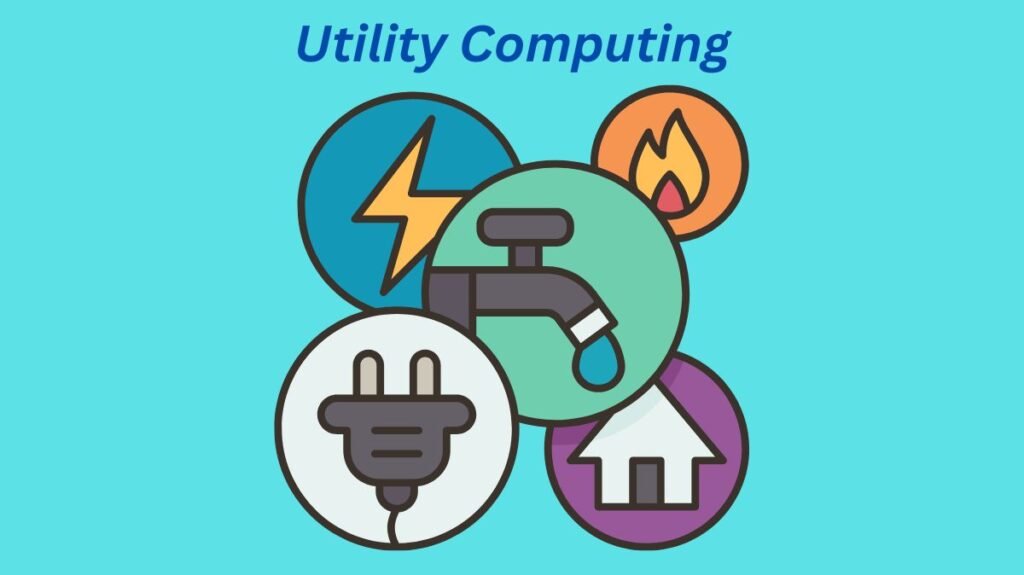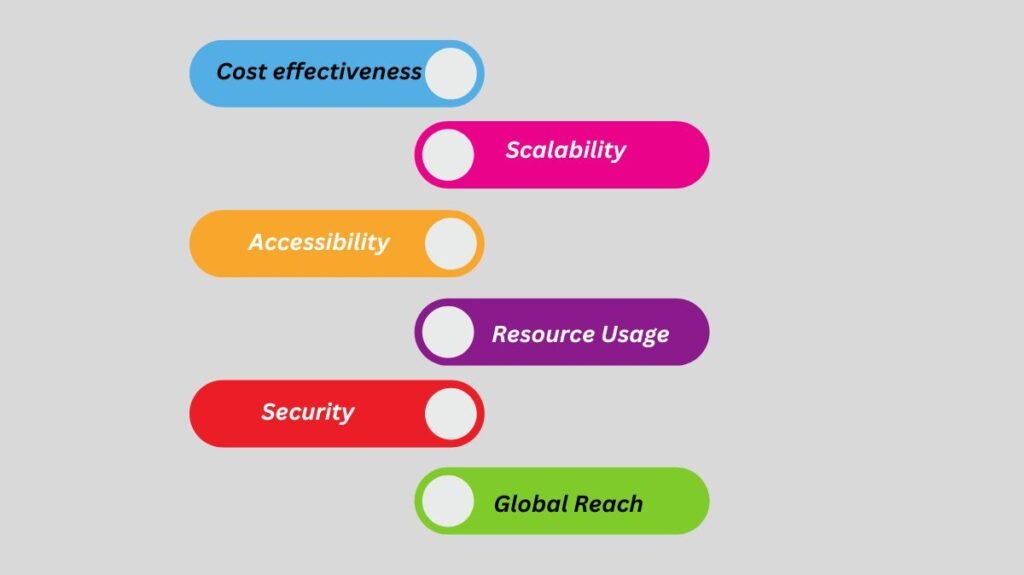Define Utility Computing
Utility computing, sometimes referred to as pay-per-use or metered services, is a business model in which a service provider provides clients with infrastructure management and computer resources as needed. Services are charged by usage, not by set fee.
The foundation of utility computing is the proposal to make IT resources as widely available as conventional utilities such as gas, electricity, water, and telephone. Customers pay according to consumption when they subscribe to a service, whereas the service provider owns and maintains the infrastructure and computing solutions.
Most cloud providers now offer pay-as-you-go cloud infrastructure, which is why utility computing, a subset of cloud computing, is frequently referred to as cloud computing. Infrastructure-as-a-Service is another name for this category.
Because it only charges for what is used, it can reduce costs and save computing resources.

In cloud computing, how does utility computing work?
Utilizing a “pay-as-you-go” concept, utility computing operates. The following provides a thorough explanation of how cloud computing utility computing works:
Service Providers: Organizations that run large data centers with servers, storage, and networking capabilities are known as utility computing service providers.
Client Needs: Organizations or private users evaluate their computing needs, including storage space, processing power, and server time.
Customers can then access these resources online on-demand, typically via an application programming interface (API) or web-based interface.
Resources are distributed dynamically by the utility computing provider in accordance with the demands of the client. This can occur nearly instantaneously, which makes scaling up or down simple.
Monitoring of Usage: The supplier keeps tabs on your resource usage, frequently in real time. Bandwidth, computing power, data storage, or a combination of these could be used to quantify this.
Billing: Based on the customer’s actual consumption, charges are made at the conclusion of a billing cycle. By doing this, the expense of buying and maintaining hardware internally is avoided.
Flexibility: You may readily modify your usage as your needs vary, scaling down when less is required or adding more resources during periods of high demand.
Maintenance: While the service provider upgrades software, fixes security, and maintains hardware, you may focus on your business.
Benefits of Utility Computing
A computer paradigm that has several advantages, utility computing is transforming how individuals and organizations see IT services and infrastructure. For a number of reasons, this model which is frequently linked to cloud computing has become more and more popular. It offers a pay-as-you-go method of allocating computing resources.

Listed below are a few advantages of utility computing in cloud computing:
Cost effectiveness is made possible by utility computing, which lets customers only pay for the computer power they really utilize. Due to less infrastructure and hardware investments, capital expenses fall. Operating costs are reduced by letting users scale resources and avoiding overprovisioning.
Unmatched scalability is provided by utility computing. Organizations can readily adjust their resources to meet shifting demands. This adaptability guarantees that systems can manage higher workloads at busy times without requiring a lot of manual labor.
Accessibility and Convenience: With utility computing, you may access information and apps from almost any location with internet access. Planning for disaster recovery, cooperation, and remote work are made easier by this accessibility. It guarantees the constant availability of vital data and applications.
Leading utility computing services give excellent levels of redundancy and reliability. Frequently, data is kept in several data centers with reliable backup methods. This lowers the possibility of hardware failures causing downtime and data loss.
Enhanced Resource Usage: It maximizes the use of resources. The effective utilization of physical hardware is made possible by virtualization technology, which lowers idle resources and boosts productivity. This in turn helps the bottom line and the environment.
Accelerated Deployment: This systems facilitate the rapid deployment of new applications or services. The availability of development tools and infrastructure speeds up the time it takes to launch new concepts.
Leading utility computing companies make significant investments in security. They use sophisticated encryption, monitoring, and access controls to protect user information and apps. These companies frequently have specialized security teams that are knowledgeable about defending against online attacks.
Global Reach: Data centers for utility computing companies are spread out all over the world. Low-latency access to resources is guaranteed by this worldwide reach, which also makes it simple for companies to grow globally.
Utility computing risks
It is alluring because it provides flexibility and lowers overhead costs. Nonetheless, it is crucial to take into account the possible hazards. The drawbacks listed below are among them:
- Restricted access to vendor facilities and resources;
- Unwillingness or inability of vendors to talk about how they meet customer needs;
- Inability to actively manage and maintain IT equipment and systems; potential impact of vendor data breaches on customer systems and data;
- Colocation of customer systems and data with other customers;
- Theft of customer data by rogue vendor employees;
- Damage to customer systems and applications by rogue vendor employees;
- Incidents that interfere with customer operations;
- Unwillingness or inability of vendors to fulfill or even agree to customer service-level agreements;
- Unwillingness or inability to perform disaster recovery tests of client resources;
- The unwillingness of vendors to comply with audit requests.


[…] power, and networking are made available on-demand and billed according to actual usage under the utility computing model, a framework for service delivery. It is comparable to how gas, water, and electricity are […]